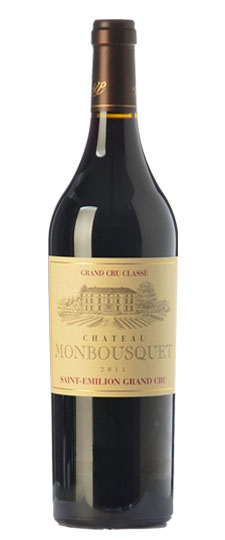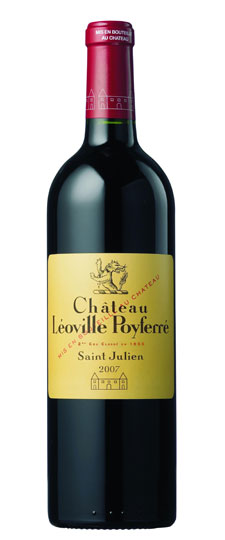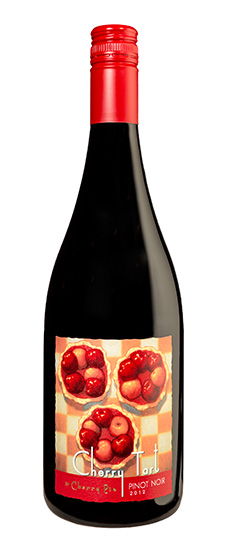Wine Score
Jancis Robinson
Not much on the nose at the moment, just a touch of vanilla and spice. Dark fruit and quite minerally on the palate. Fresh and finishes dry. An attractive lightness of touch in a firm but supple frame.
Jeannie Cho Lee
Fairly straightforward and well made classic Pessac-Leognan red with moderate length. Find plums, blackberries and cedar on the palate along with velvety, firm tannins. Enjoy fairly young.
Grape Variety
Bordeaux Blend Red Wine
A Bordeaux Blend, at its most basic, is any combination of those grape varieties typically used to make the red wines of Bordeaux. The phrase, which seems to have originated with British wine merchants in the 19th Century, relates as much to wines made from the blend as to the grape variety combination itself (© Copyright material, Wine-Searcher.com). Far from being an officially defined or legal term, it is almost never used for wine-labeling purposes (although it occasionally appears on back labels). Its equivalent in the United States is Meritage, which is not only legally defined, but also a registered trademark.
Red Bordeaux Blends are known for their powerful structure and deep flavors. Dark fruits and berries such as plum and blackcurrant are commonly used to describe the flavors of red Bordeaux, although there is an unlimited range of terms that have been ascribed to them. Tannins tend to be relatively high in these wines, giving them a firm structure.
 Cabernet Sauvignon is widely accepted as a compulsory component of any Bordeaux Blend, with Merlot following close behind. In fact, the majority of Bordeaux Blend wines are often made exclusively from a blend of these two varieties. The remaining components are Cabernet Franc, Petit Verdot and Malbec, used in varying combinations and proportions. Even Carmenere is on the list of possible ingredients, despite being rarely used by modern Bordeaux vineyards (notable exceptions include Haut-Bailly, Brane-Cantenac and Clerc-Milon).
Cabernet Sauvignon is widely accepted as a compulsory component of any Bordeaux Blend, with Merlot following close behind. In fact, the majority of Bordeaux Blend wines are often made exclusively from a blend of these two varieties. The remaining components are Cabernet Franc, Petit Verdot and Malbec, used in varying combinations and proportions. Even Carmenere is on the list of possible ingredients, despite being rarely used by modern Bordeaux vineyards (notable exceptions include Haut-Bailly, Brane-Cantenac and Clerc-Milon).
With the global wine industry expanding and developing at pace, the use of the term “Bordeaux Blend” is changing. Although a product of the Old World, it remains a useful concept, allowing the wine industry and enthusiasts everywhere to talk about Bordeaux-style red wines as an international group, irrespective of regionality.
Flexibility and a useful vagueness are key assets of the term “Bordeaux Blend”, but are also its Achilles’ heel; if it becomes too broad or too widely used it will lose its meaning. Is a Bordeaux Blend still a Bordeaux Blend if it contains Zinfandel, Sangiovese or Syrah? Without a formal definition to go by, the answer to that question lies entirely in the collective consciousness of those who use the phrase. Provided that Bordeaux’s vignerons don’t discover a new grape variety (Cabernet Sauvignon is only a few hundred years old), the term’s definition remains relatively clear.
The red Bordeaux style has reached almost every winegrowing country, with new candidates looking to emulate Bordeaux’s success. North and South America, Australia, South Africa and New Zealand all have their own expressions of the Bordeaux Blend. Even countries in North Africa and the Middle East produce their own interpretations of the style.
For more information on the various permutations of the Bordeaux Blend, please see Cabernet Sauvignon – Merlot, Cabernet Franc – Cabernet Sauvignon or Cabernet Franc – Merlot.
Food matches for Bordeaux Blend wines include:
- Steak entrecôte marchand de vin (red-wine sauce and shallots)
- Grass-fed wagyu rib-eye fillet
- Roast leg of lamb with rosemary and garlic
Region
Pessac-Leognan Wine
Pessac-Leognan is a prestigious appellation for wines produced in a particular area of the Bordeaux region of south-western France. A relatively new appellation, it was carved out of the Graves sub-region in 1987 – recognized in its own right on the merits of its high-quality red and white wines. This was a significant change, as many of the chateaux in what is now Pessac-Leognan were the best performers in the Graves Classification of 1959.
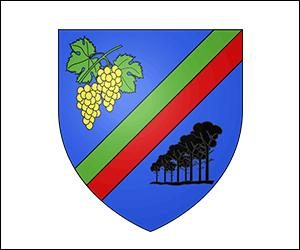 The terroir of Pessac-Leognan betrays its historical origins as part of the Graves sub-region, with the dominant soil type being the gravel (and sand) which gave Graves its name. The northern vineyards of the appellation are intermingled with the southern fringes of Bordeaux city, while those in the south are surrounded by the forests which produce the other main export of Graves: timber. While orchards and fields dominate the landscape of the Entre-Deux-Mers region just across the Garonne river, pine forests and residential settlements are predominant in Pessac-Leognan.
The terroir of Pessac-Leognan betrays its historical origins as part of the Graves sub-region, with the dominant soil type being the gravel (and sand) which gave Graves its name. The northern vineyards of the appellation are intermingled with the southern fringes of Bordeaux city, while those in the south are surrounded by the forests which produce the other main export of Graves: timber. While orchards and fields dominate the landscape of the Entre-Deux-Mers region just across the Garonne river, pine forests and residential settlements are predominant in Pessac-Leognan.
The four key producers in Pessac-Leognan are Chateaux Haut-Brion, La Mission Haut-Brion, Laville Haut-Brion and Pape Clement (named after Pope Clement V, who ordered its original vineyards to be planted in the 14th century). Each of these is located within the southern city limits of Bordeaux. The soils here are deep, with a high proportion of gravel, and are considered the best of the appellation. Their superior drainage helps to maintain the high quality of the vineyards’ Cabernet Sauvignon and Cabernet Franc grapes.
The village of Pessac lies just to the south of these chateaux, while Leognan is six miles (10km) further on. It is located close to several quality producers, including some of the Bordeaux elite: the Domaine de Chevalier, and Chateaux Haut-Bailly, Malartic-Lagraviere, Larrivet Haut-Brion and de Fieuzal. Leognan is surrounded almost entirely by pine forests and vineyards, and benefits from the same superior drainage as Pessac.
Pessac-Leognan’s white wines are made predominantly from Sauvignon Blanc (a required minimum of 25%) and Semillon grapes, and are often matured in oak for greater complexity. These white varieties thrive on the sandier soils of the appellation and produce more age-worthy wines than any other part of the world. Elsewhere, blends of Sauvignon Blanc and Semillon are best consumed within two years of harvest; in contrast, the best white wines of Pessac-Leognan can develop in bottle for well over a decade.
Producer Notes
About Chateau Carbonnieux
Château Carbonnieux is a wine producer based in the Pessac-Léognan region of Bordeaux, where it produces red and white wines across a variety of tiers.
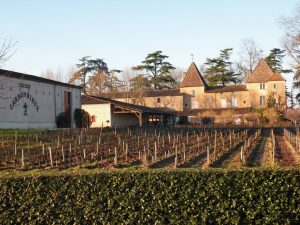 The estate was founded in the 13th Century and, throughout the following six centuries its ownership passed between many of France’s bourgeois families. The modern history of the château began in the mid-1900s, when it was purchased by the Perrin family. The château and surrounding estate then went through a renovation that saw a new fermentation cellar and winery built, and an increase of vineyards from 45 to 92 hectares (111 to 227 acres). Both the red and white wines of Château Carbonnieux were classified as Grand Cru Classé de Graves in 1959.
The estate was founded in the 13th Century and, throughout the following six centuries its ownership passed between many of France’s bourgeois families. The modern history of the château began in the mid-1900s, when it was purchased by the Perrin family. The château and surrounding estate then went through a renovation that saw a new fermentation cellar and winery built, and an increase of vineyards from 45 to 92 hectares (111 to 227 acres). Both the red and white wines of Château Carbonnieux were classified as Grand Cru Classé de Graves in 1959.
The typical Bordeaux varieties of Cabernet Sauvignon, Cabernet Franc, Merlot, Petit Verdot, Sauvignon Blanc and Semillon are planted in the vineyards. The vines are on average 30 years old, and are planted on soils rich in gravel, clay, sand and limestone that are naturally well draining. Château Carbonnieux strives to practice organic and sustainable farming throughout the vineyards.
For both the red and the white wines, fermentation is done in stainless steel before going into barrels, where malolactic fermentation takes place. The grand vin blanc spends 10 months in barrel where it goes through multiple rounds of battonage; the grand vin rouge spends 18 months aging in oak. After blending, both wines are fined before they are bottled, rested for a few months in the cellars and then released.
La Croix de Carbonnieux is the second wine of the estate and has both a red and white expression. The red version is made from a blend of Cabernet Sauvignon and Merlot, while the La Croix de Carbonnieux blanc is a blend of Sauvignon Blanc and Semillon – the grapes of which all come from vineyards with an approximate age of 15 years. After the grapes are hand-harvested they go through much the same process as for the grand vin, however the wines spend less time aging in oak and are therefore bottled earlier. These wines are released young and it a style made for early consumption.

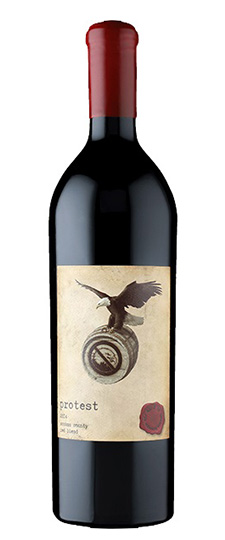
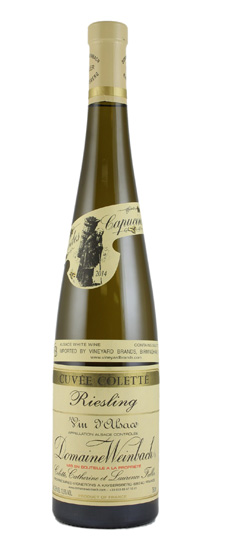
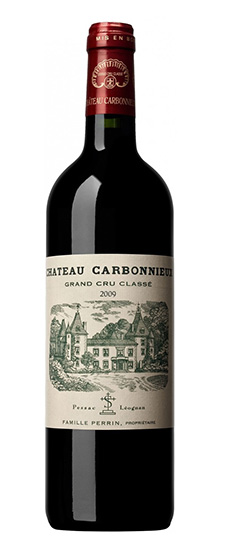
![Amuse Bouche, Napa Valley [Merlot/Cabernet Franc] 2012](https://www.wineyou.com/wp-content/uploads/2017/06/Amuse-Bouche-Napa-Valley-MerlotCabernet-Franc-2012.jpg)
